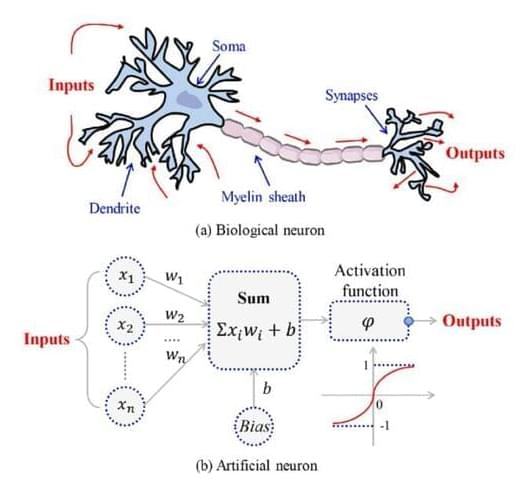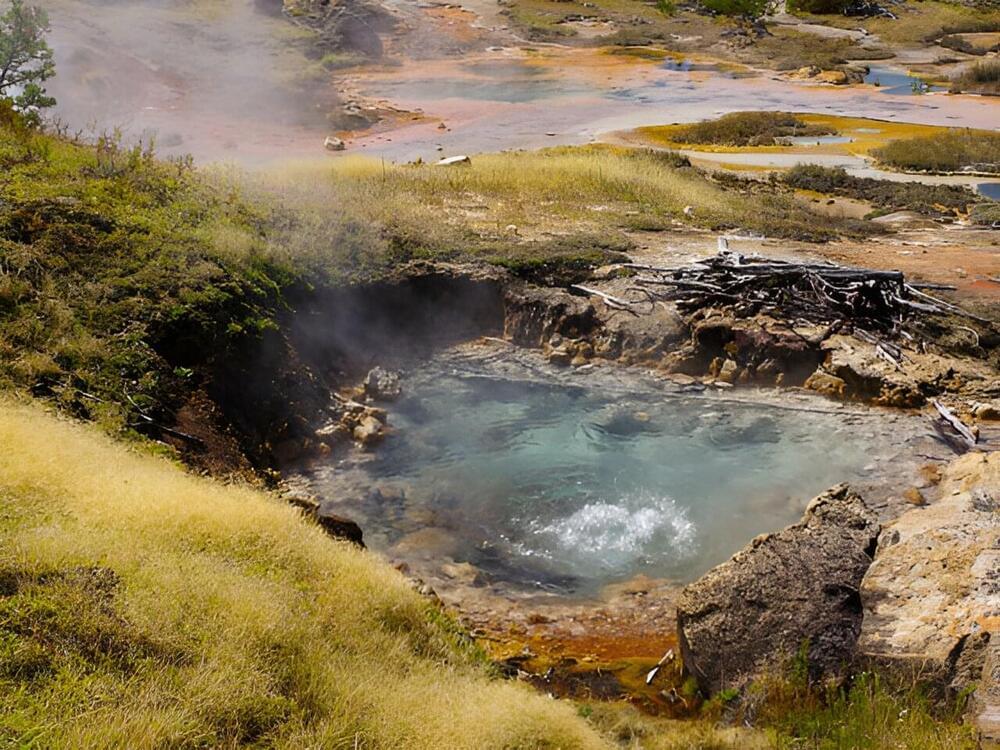Jul 24, 2024
Yu-rp/KANbeFair: A More Fair and Comprehensive Comparison between KAN and MLP
Posted by Cecile G. Tamura in category: futurism
KAN or MLP: a fairer comparison.
R Yu, W Yu, X Wang [National University of Singapore] (2024) Paper: http://huggingface.co/papers/2407.16674 Github: http://github.com/yu-rp/KANbeFair.
- Under the same number of parameters or FLOPs, KAN outperforms MLP only in symbolic formula representing, but…
Continue reading “Yu-rp/KANbeFair: A More Fair and Comprehensive Comparison between KAN and MLP” »

















